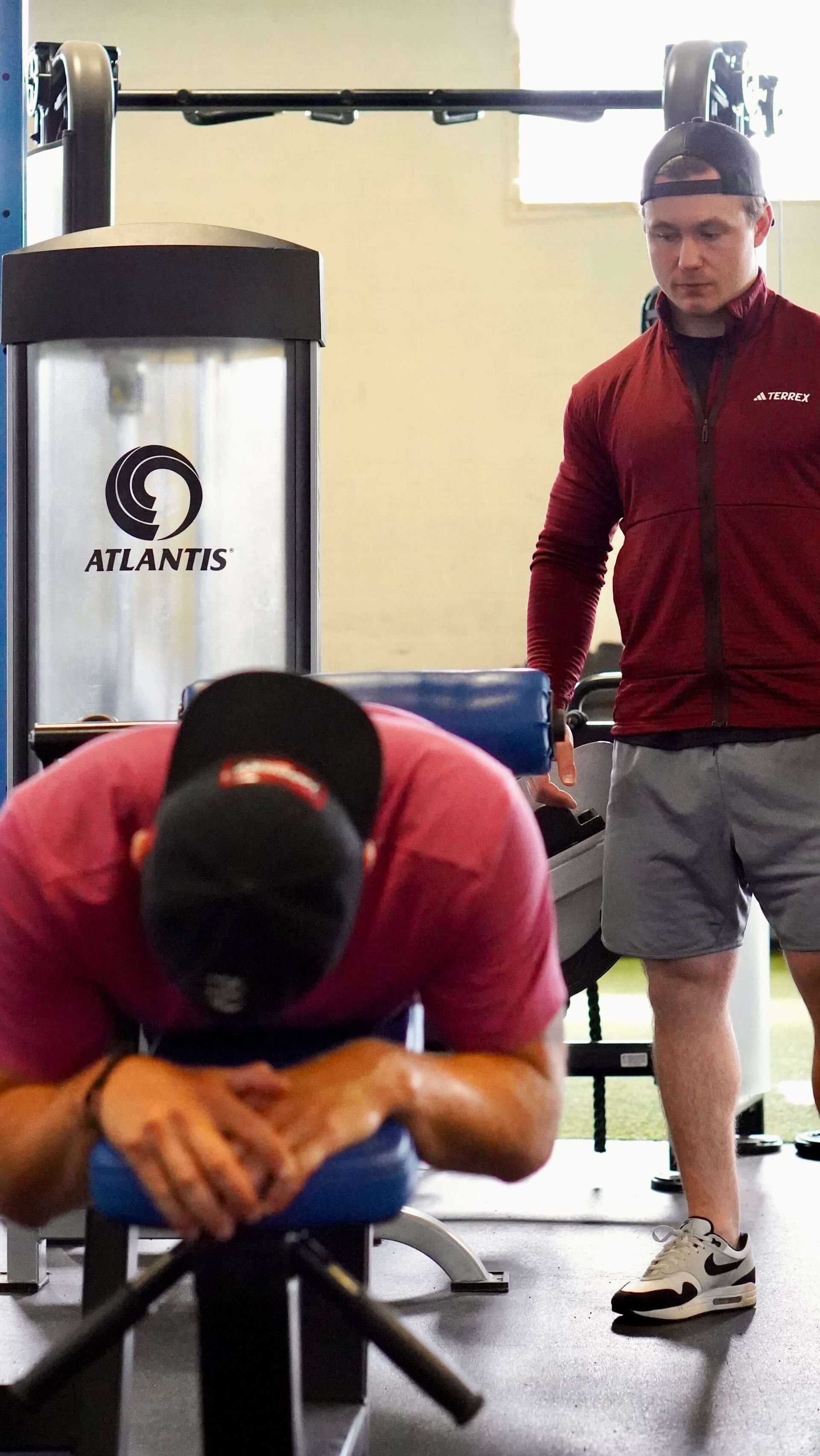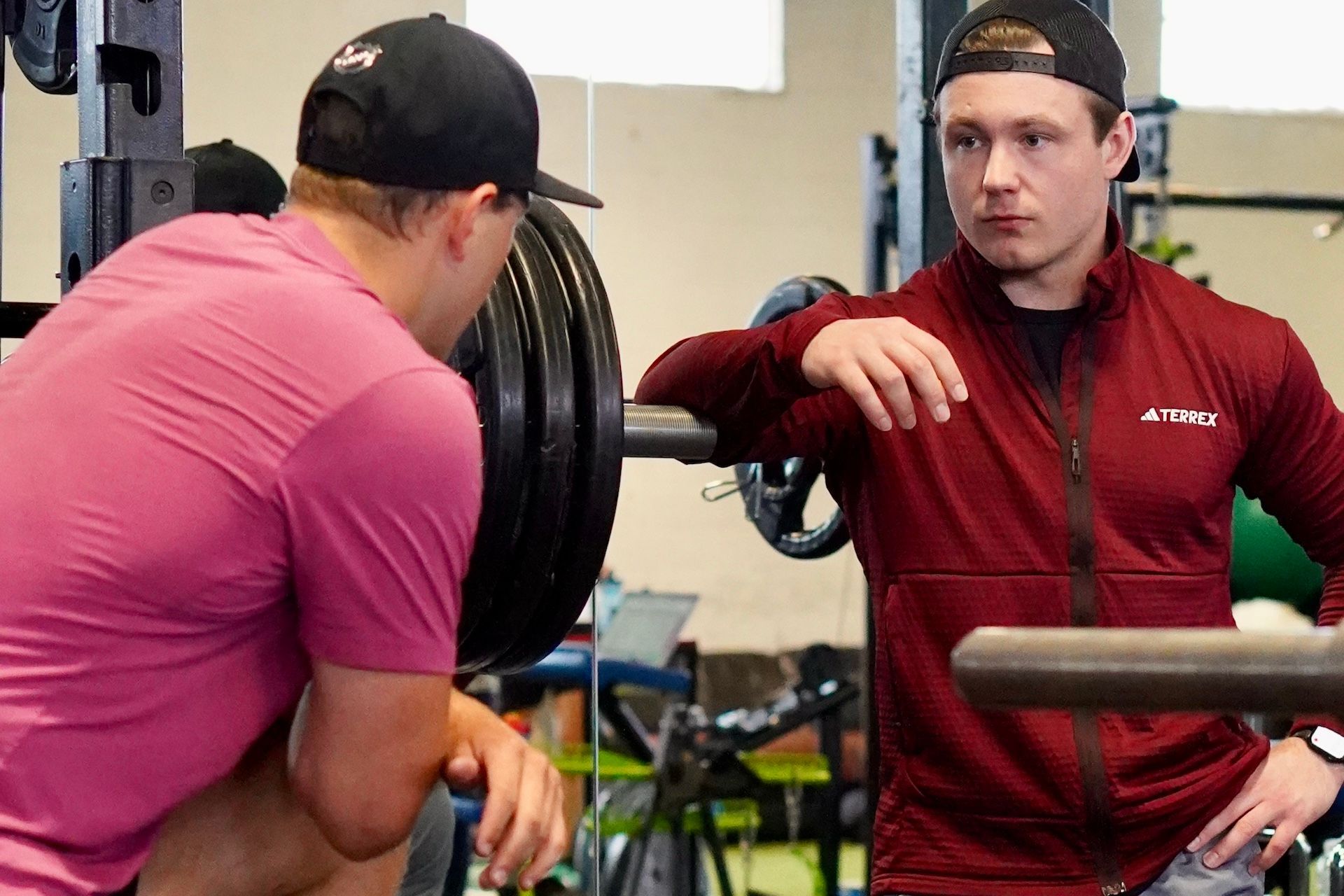Pair Opposing Muscle Groups to Maximize Your Training Efficiency
Pairing opposing muscle groups within a training session refers to alternating between exercises that target opposite sides of the body (front vs. back). For example, pair a squat (quadricep exercise) with a hamstring curl (hamstring exercise) and alternate between the two until all sets are completed.
This is a very effective way of training for three primary reasons:
Greater recovery time
To progress in the gym, you must strive to use heavier weights over time. For this to occur, you need to allow a muscle enough recovery time between sets (~2-4 minutes) so that it can push through as the weight gets heavier. Therefore, rather than doing a set of squats every minute, including a hamstring curl, it allows a more extended recovery period before training the quads again.
More work done in less time
Small caveat to point 1…If you take long rest periods between each set of every exercise, the training session will be too long (>1hr). By pairing an exercise that targets the opposing side of the body, you can get MORE work done in less time without compromising your performance during the sets. For example, you do a set of squats, rest 60 seconds, perform a set of hamstring curls, rest another 60 seconds, and return to the squats. You still had roughly a 3-minute break between sets of squats, and the total amount of work you’ll be able to complete in over 45-60 minutes will be more significant than if you had taken a complete 3-minute break between each set.
Create stable and strong joints
Finally, many joint issues (e.g. tendonitis) occur due to the overuse of a specific muscle and the lack of strength of the opposing muscle. By pairing two exercises that work on either side of a joint, you’re ensuring a greater strength balance around the joints and thus minimizing the risk of developing joint pains.
If you have trouble thinking about which muscle groups to pair, start by pairing an exercise that works the FRONT of the body with an exercise that works the same area but in the BACK of the body. Here are the most common muscle group pairings:
- Quadriceps + Hamstrings
- Chest + Back
- Abs + Low Back
- Biceps + Triceps
Don't hesitate to
ask Coach Max for a more detailed explanation or other examples.
Ready to take your training to the next level?
Personalized Coaching for Competitive Athletes
Our high-performance training programs provide athletes with a more individualized, and intensive approach to training. This option is for athletes in any sport looking to take their athletic development to the next level.




